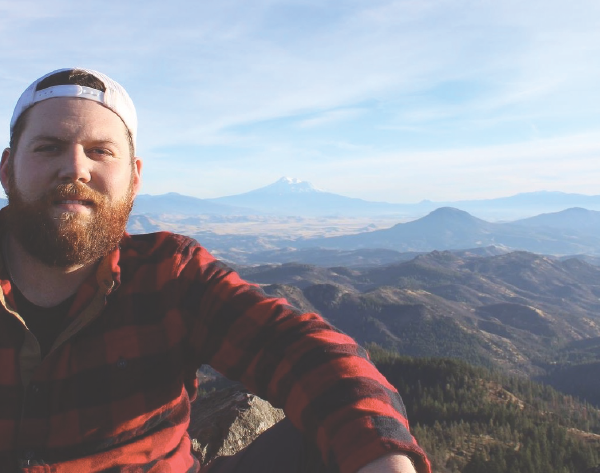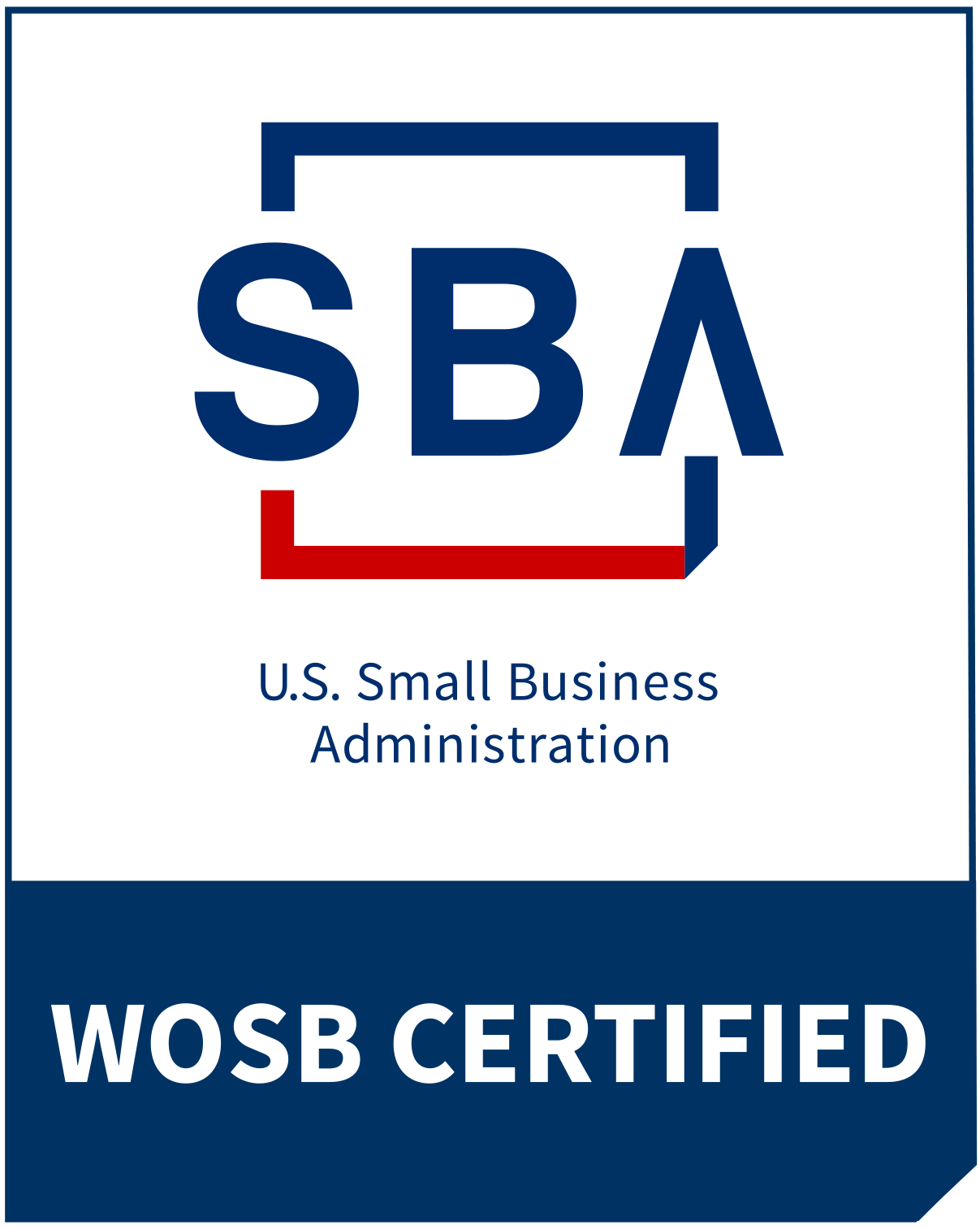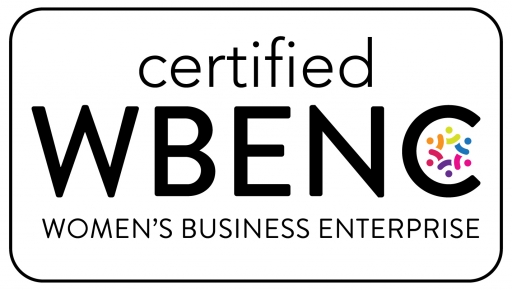You may remember Keith Romer, a former Associate Innovation & Growth Strategist at The Garage Group. And if you had the pleasure of working with him, you’d quickly realize that he is a hustling entrepreneur through and through. Last year, Keith and his wife moved to Portland and Keith transitioned to working as Senior Consumer Insights Manager at a Bigco.Taking what he’d learned through his almost two years at The Garage Group, within four weeks of starting a new job, he led the launch of a high revenue generating product for a whole new consumer.
We caught up with Keith to hear the story…
What have you been up to since we last saw you at The Garage Group?
I now work for a company in Portland, Oregon called Darex—it creates knife sharpeners; our big brand is Work Sharp. You’d find our products in Cabelas, Bass Pro, and places like that. Work Sharp has a very loyal consumer following, even people who dedicate blogs and content to our products. We’re currently exploring a whole new market, that is where a lot of my job is; my primary role is product development, heading up the research and development.
When I first got into the company I had to learn a lot about the industry. As I was assessing the landscape, looking at all the products that were available, and after reading some reports, I very quickly realized that there was a significant gap in our product offerings. The under $15 market is 7 million units of sharpeners per year, but we only covered the premium end. All of the data we have on our consumers is for somebody aged 55 and older. But through my research and industry knowledge audit, I developed this theory that we had an opportunity to potentially attract people when they’re younger and gain a huge brand presence with millennials and younger people, so that when they do start moving into buying better knives and have more earning power, they’d be more willing to go after our product versus a competitor.
I quickly pitched the idea to the leadership team. Our leadership team is comprised of the CEO, the CMO, the CFO, the Head of the Board, and then my Director. I put together a deck and said, “Our competitors are selling somewhere between 5 to 7 million units of these per year under a $15 price point. We have the resources already available to us to create a product without breaking the bank.”

Had this sort of thing ever happened before? What was their response?
I was the first one to ever pitch an idea this way. They said, “We’ll give you a couple thousand dollars to go do this and good luck.” I think a lot of them were thinking, “Oh we’ve already tried this before, good luck.”
We’d previously released a similar item, but just as a promotion, which is just not a good gauge on the success of the product. So I got approval, and then worked with an industrial designer to tool up something that still incorporates our core competency and our core technologies. We decided to tweak the old promotion product in a few ways.
One of the things was our packaging. They were all basically packed in there like candy bars, but individually wrapped as well. People were like, “I have absolutely no idea what this thing looks like with the wrap on.” So, I thought that we needed to have a demo unit out as a way for them to fidget and play with it, and think, “Oh. All right, 15 bucks. I’ll do this thing.” That’s basically what came out of our first round of packaging. Once we were aligned on the direction, we quickly produced a small batch of 50 units.
Another change we made was store placement. We thought we would have better success if we put it at checkout, too. It would be a way to elevate the product, like what you see at a cash register, and it would give big stores more incentive because it’s a higher price point item. But it’s still small enough. When you go into the aisle and you actually see everything that’s under $15, the knives are small and all lined up; actually trying to find something is pretty difficult. So, we were trying to find a way to differentiate ourselves a little bit, get in front of more people who potentially wouldn’t be walking down that aisle. So, getting this thing at checkout was our second hypothesis.
My initial thought was to go after big stores like Cabelas and Bass Pro, but I realized that you have to go through buyers. When you go through buyers, you have to go through corporate. When you get through corporate, it slows the process down. So, I just did a research online and found independent Oregon stores in order to bypass the whole corporate process, but still get the same type of target consumer.
I literally drove to all the stores that I identified; I picked four cities—Eugene, Salem, Bend, and Portland. I walked into the store and said, “Hey, have you ever heard of our brand before?” And they would say yes or no. Then I’d say, “Well, you know, I work with these guys,” and I’d pull one of these things out and say, “We’re just testing a prototype. What I’d like to do is I’d like to set these up at your checkout counter. I’m going to give them to you for free. I just want you guys to sell them for $14.95 and let me know. I’m going to check in. Let me know how they’re doing sales-wise. And then I may stay in your store for a couple hours at a time. And if anybody messes around with it and does purchase or doesn’t purchase, I want to talk to them and just ask them a couple of questions.” And pretty much every store that I went to—about 15 stores—was cool with it. Even REI ended up placing it in their store.
That’s huge. How did that interaction with REI work?
I scheduled a sharpening event with them because all their stores do quick 10-minute trainings with all their associates. And they do a lot of local stuff for any new products that come in, and they’re on this huge local kick right now. I went in and did a real quick demo on some of our products, and the head store manager said, “I’m gonna put you in contact with one of our guys who’s up for a promotion to be his own store manager, and this would be a really good war story for him with corporate.” It was basically a perfect storm coming together. This was our first product that we were able to get into REI stores in Oregon, which was cool.
Did you ever experience any significant pushback or any self-doubt?
I literally had these things just stacked up in the trunk of my car. I wouldn’t bring them into stores. I wanted to be able to just be like, “Cool. Thanks for saying yes. I literally have them out in my car. I’m gonna go grab them.” This way I had them on the spot right away versus, “Oh, well, I’ll send you some.”
I actually, physically, wanted to place some exactly where I wanted and make them move them if they really wanted to. So, I think a little bit of the doubt came from me opening up the back of my car. There were multiple times where I said to myself, “What am I doing? I’m literally pulling these things out of the back of my car. Is this actually gonna work?”
There was a definite doubt, and it was my first month with the company. I thought, “Holy crap. If this doesn’t work they’re gonna be like, ‘Okay, we just brought this kid 3,000 miles away and he’s trying to sell stuff out of the back of his car. This is not sustainable.’”
Were you doing all of this on top of your day-to-day job?
This was a small sliver of some of the other stuff that I was doing. I was still going through my on-boarding program. But I went to those 15 stores all in one week; I basically lived out of my car for that time.
So, what has been the response within the company?
That was basically just phase one, getting into those 15 stores. Then I tracked over the course of a month or so, stopping in some stores to hang out and watch. Over that month we sold about 42% of the initial 250 units, which is a pretty good success rate, especially since it was in an awkward time. August/September is not a busy time for us, and we don’t move a lot of products, 42% was great.
I went back and pitched phase two, which was an expansion. I wanted to get at least one chain retailer involved. To do that, I had to leverage our sales team and their relationships with a retailer out west. They gave us eight test stores, and they actually paid for the product. Plus, I made the other stores that were running out of the product pay for it to see if they felt it was something they wanted to keep on an ongoing basis. We were able to place additional products from Thanksgiving until January 1st, and we sold out every single piece. I even had to resend stuff to stores multiple times.
How did the leadership team respond?
The debrief pitch was pretty easy. I had a couple of slides and the main slide was, “We sold 100% of our products placed.” That ultimately led to mass production ASAP. It was September to January that both those tests took place and we got approval for full distribution on January 15th. We were in stores nationwide and internationally by Father’s Day.
What do you think it is about the culture of Darex that enabled the leadership team to approve of this initiative?
It’s definitely an entrepreneurial company. They stress, from a culture perspective, failing and failing fast. They’re always on board for, “Let’s do a quick test,” versus, “Alright guys, let’s very systematically approach this.” We have all kinds of prototyping materials. We have a laser cutter so that we can make all of our own packaging in small quantities. We have 3D printers. We have a full prototyping facility, too, and we have our own dedicated industrial designer. Everything that we need done and prototyped to move superfast is there.
But it obviously comes with challenges, too, because marketing teams and sales teams always want to stay involved. I even ran into a couple of problems with some salespeople where they said, “You placed a product in my store?” And I didn’t know anything about it. But I said, “Honestly, I gave the product to them for free. It doesn’t affect you, paperwork-wise or anything like that. I’m just doing a quick test. And if you need to know about stuff, that’s fine. But I’m not gonna use that store anymore.” The more people you add to a project, the slower it becomes, and the more things you have to do.
In what ways do you feel like your work from The Garage Group gave you the tools take on this project?
Well, if I hadn’t come from The Garage Group, I would have never suggested doing something like what I just did. I didn’t know any of that stuff. I would’ve just done a survey or a focus group, traditional stuff. I still used the survey to help me at least directionally start somewhere, but all that was rooted in the entrepreneurial spirit of, “Let’s get something out into the wild.”
We train clients on having the courage to go do something, and it sounds like you definitely showed courage at every step, whether it was the pitch to leadership or going into the stores.
One hundred percent. I felt super confident in this. I mean the engineer who initially developed the little promo item was skeptical; a guy that’s been there for about 40 years, basically built every single product that we have, didn’t think it was going to sell. But I was confident. Then when I was pitching, I almost had to project the confidence, otherwise, they would have sensed that I was even slightly skeptical. And that was definitely learned behavior from TGG.
Do you have any advice for others who might want to do this?
I would say just jump into it, seriously. It’s worth a shot. What’s the worst that happens? You fail. It only cost a drop in the bucket for a Bigco to invest in something like this, and I learned stuff along the way, too. Even the way I was pitching it because I had to go in there and sell the product so that somebody actually wanted to put it in their store; I didn’t tell them that I was going to give it to them for free until the end. It’s not going to be perfect right off the bat, but you just learn and pivot as you go; you can always pivot.
And I think that doing something like this, at my company at least, has made people want to move even quicker. Even the director of new product development said, “That was quick, but we can move faster. Let’s show people at this company how fast we can move.”


